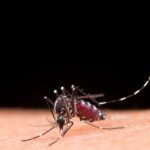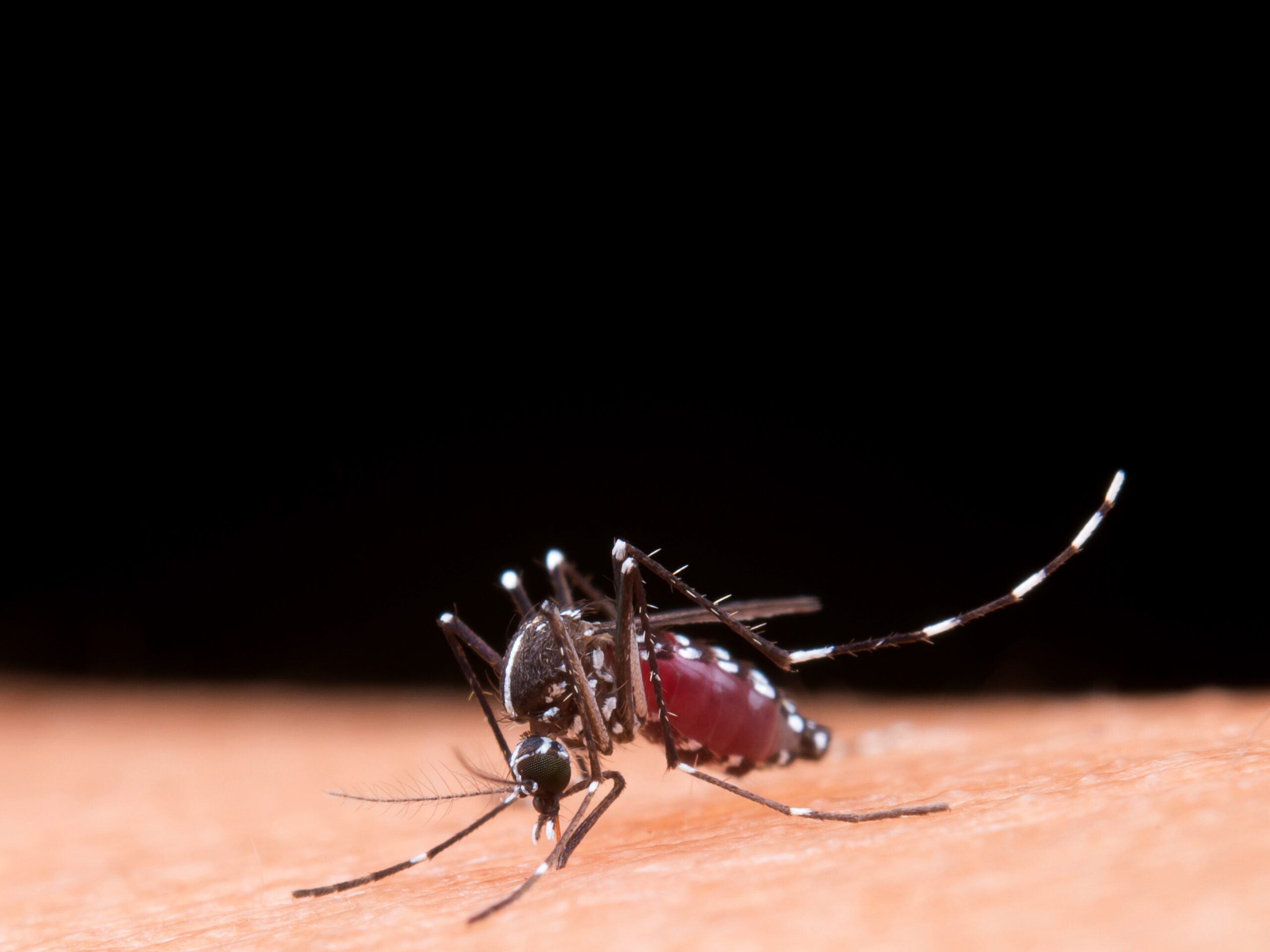Bench Work, Inqaba Biotech – Africa’s Genomic Company
December 20, 2024Research/Teaching Assistant, Information and Computer Technology, Lead City University, Nigeria
January 20, 2021
Research Objectives
The main aim of this study was to assess the current epidemiological status of STH infections and identify socio-demographic and behavioral determinants influencing transmission and health outcomes.
Specific objectives included:
-
Evaluating the prevalence of STH infections in the study population.
-
Assessing knowledge, attitudes, and practices (KAP) related to hygiene and sanitation.
-
Determining the association between infection status and nutritional parameters in children.
-
Using statistical models to identify predictors of infection and health risk within the community.
Methodology and Study Design
1. Study Population and Design
-
Conducted a cross-sectional, community-based study in selected rural communities and health centers within Ogun State, Nigeria.
-
Enrolled participants through community mobilization and obtained informed consent for participation.
2. Data Collection and Demographic Assessment
-
Collected detailed demographic information (age, gender, occupation, sanitation facilities, and education level).
-
Administered structured questionnaires to evaluate participants’ knowledge, attitudes, and practices (KAP) toward parasitic infection prevention.
3. Parasitological Examination
-
Collected fresh fecal samples from study participants.
-
Examined samples using the Kato-Katz technique, a standardized method for quantifying helminth eggs in stool, to determine infection intensity and prevalence.
4. Nutritional and Health Assessment
-
Recorded participants’ anthropometric measurements (height, weight, and age) to calculate body mass index (BMI) and assess stunting, underweight, and wasting indicators.
5. Data Analysis and Statistical Modeling
-
Performed data entry and statistical analysis using SPSS (Statistical Package for Social Sciences).
-
Applied binomial logistic regression models to:
-
Identify predictors of STH infection (e.g., age, hygiene, sanitation, KAP).
-
Examine associations between infection status and nutritional outcomes.
-
Interpreted model outputs to highlight key demographic and behavioral factors driving infection persistence.
2. Data Collection and Demographic Assessment
-
Collected detailed demographic information (age, gender, occupation, sanitation facilities, and education level).
-
Administered structured questionnaires to evaluate participants’ knowledge, attitudes, and practices (KAP) toward parasitic infection prevention.
4. Nutritional and Health Assessment
-
Recorded participants’ anthropometric measurements (height, weight, and age) to calculate body mass index (BMI) and assess stunting, underweight, and wasting indicators.
Key Outcomes
-
Identified significant associations between STH infection rates and inadequate sanitation, poor hygiene practices, and low awareness levels.
-
Revealed a correlation between helminth infection and nutritional deficits such as stunting and underweight among school-aged children.
-
Highlighted the importance of integrated control programs, combining deworming campaigns with community education and improved sanitation.
-
Provided data that can inform public health policies for STH elimination programs in Nigeria and similar endemic regions.
Research Significance
This research enhances understanding of molecular mechanisms underlying malaria infection through integrated experimental and computational analysis.
The study contributes to:
-
Improved molecular diagnostic methods for malaria surveillance.
-
Capacity development in African genomics research and precision medicine.
-
The advancement of data-driven molecular parasitology by combining high-quality benchwork with computational validation.
Key Outcomes
-
Identified significant associations between STH infection rates and inadequate sanitation, poor hygiene practices, and low awareness levels.
-
Revealed a correlation between helminth infection and nutritional deficits such as stunting and underweight among school-aged children.
-
Highlighted the importance of integrated control programs, combining deworming campaigns with community education and improved sanitation.
-
Provided data that can inform public health policies for STH elimination programs in Nigeria and similar endemic regions.
Research Significance
This study contributes to understanding the epidemiological and nutritional dimensions of parasitic infections, emphasizing the interconnectedness between infectious diseases and child development.
It provides actionable insights for:
-
Strengthening community-based interventions for helminth control.
-
Supporting policy frameworks for integrated disease management.
-
Informing public health surveillance and future research on neglected tropical diseases (NTDs).
Tools and Technologies
-
Parasitological Methods: Kato-Katz technique for stool examination.
-
Data Analysis Software: SPSS for statistical modeling and correlation studies.
-
Field Techniques: Community sampling, questionnaire administration, anthropometric measurements.
-
Ethical Compliance: Conducted under approved health research ethics with informed consent and biosafety adherence.
Tools and Technologies

-
Parasitological Methods: Kato-Katz technique for stool examination.
-
Data Analysis Software: SPSS for statistical modeling and correlation studies.
-
Field Techniques: Community sampling, questionnaire administration, anthropometric measurements.
-
Ethical Compliance: Conducted under approved health research ethics with informed consent and biosafety adherence.








